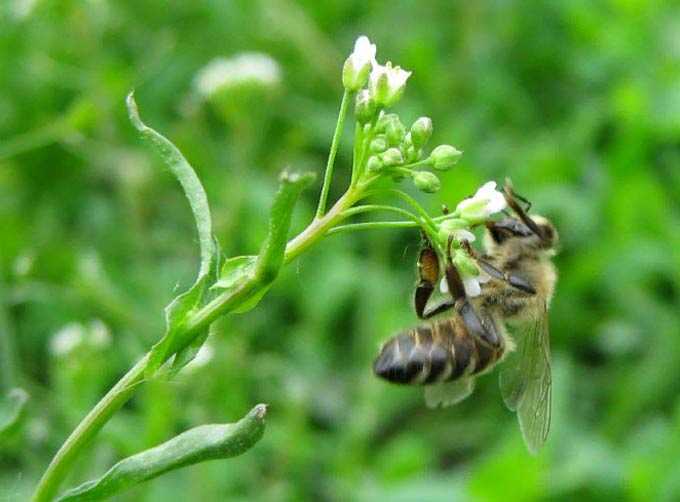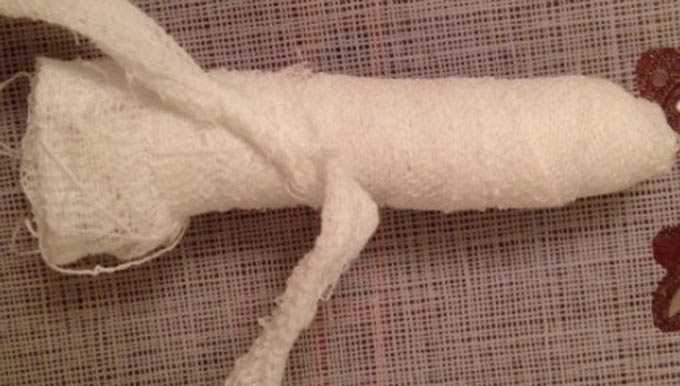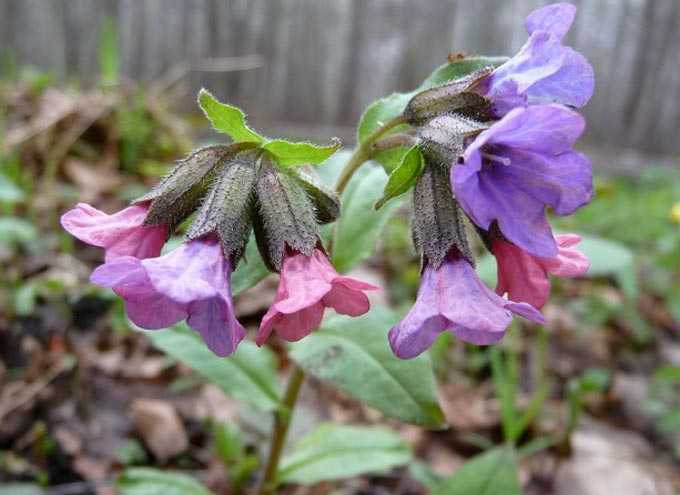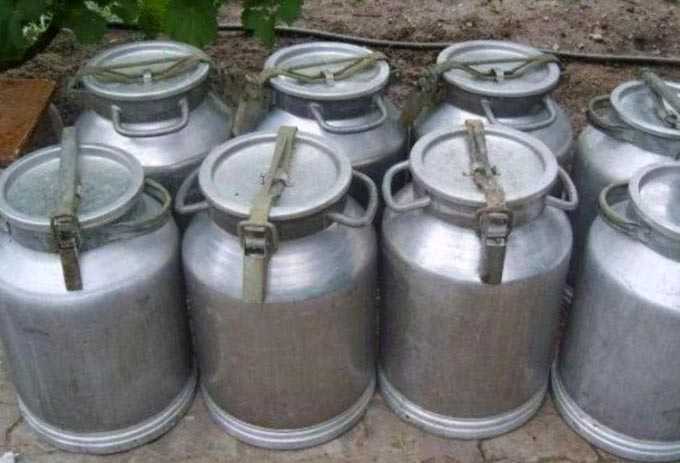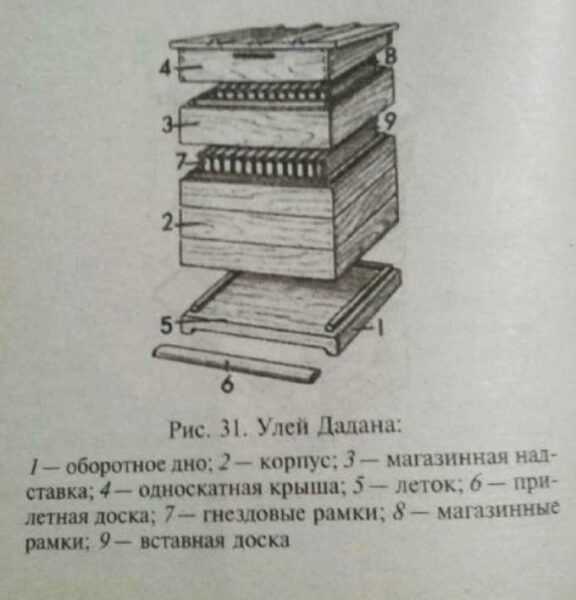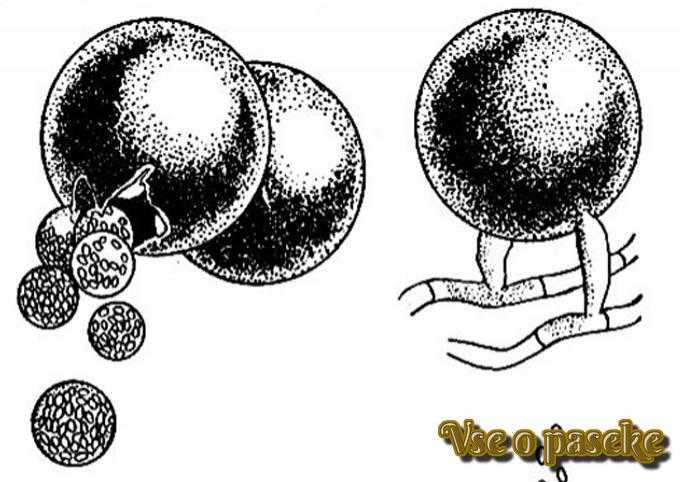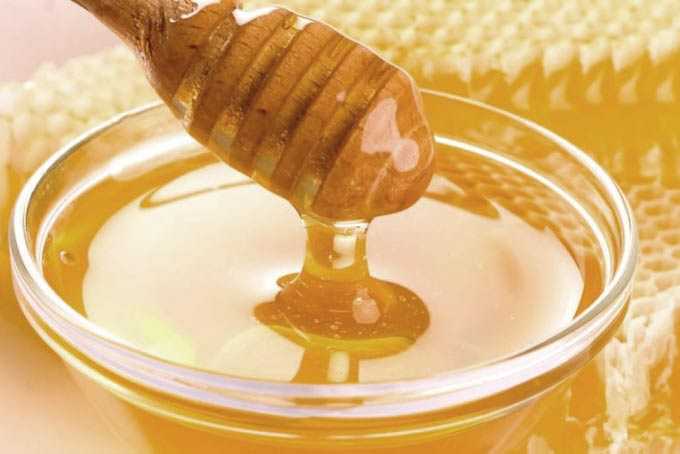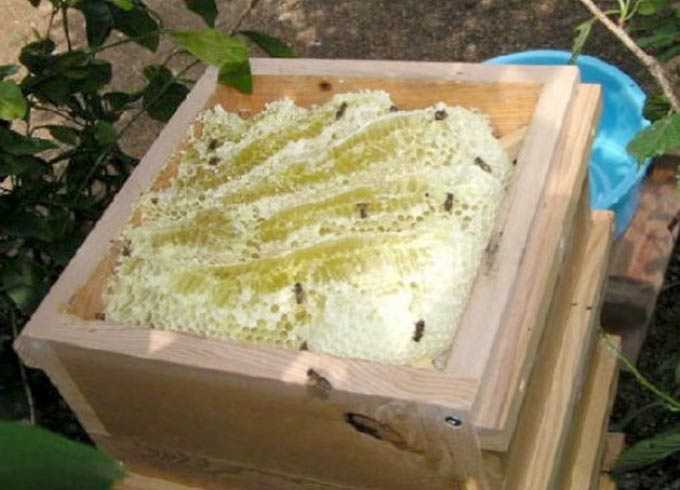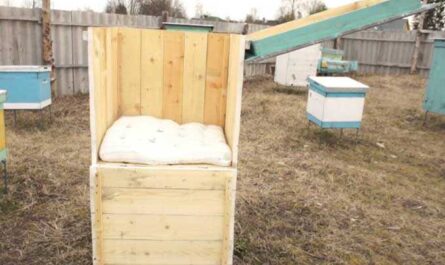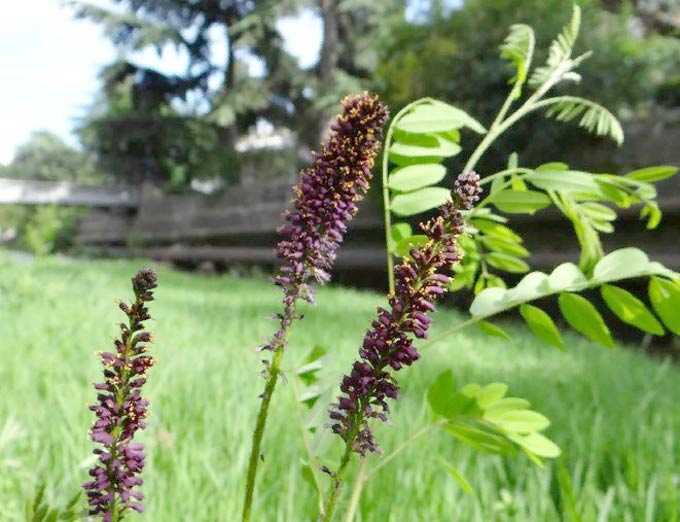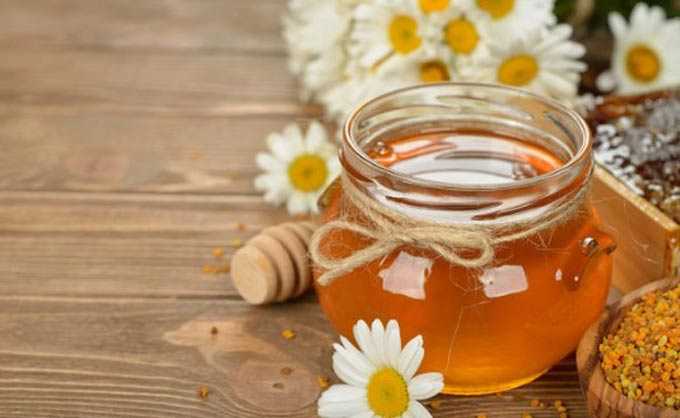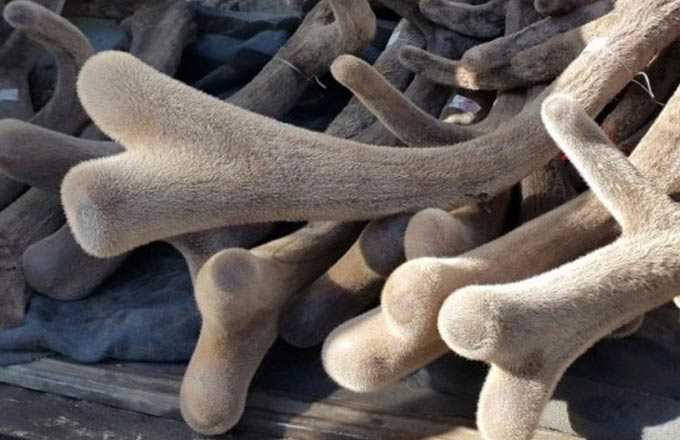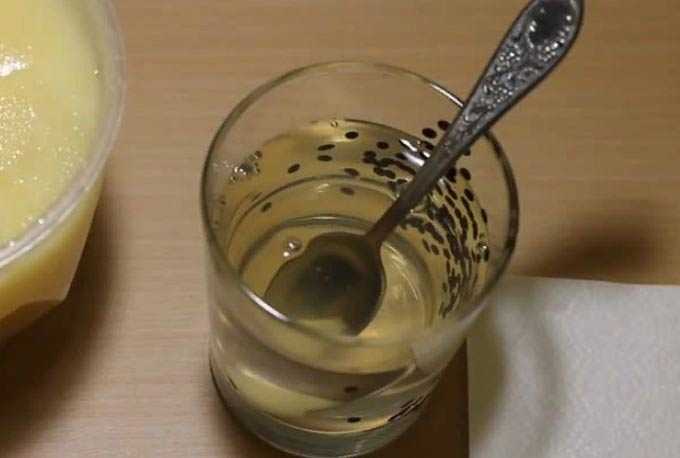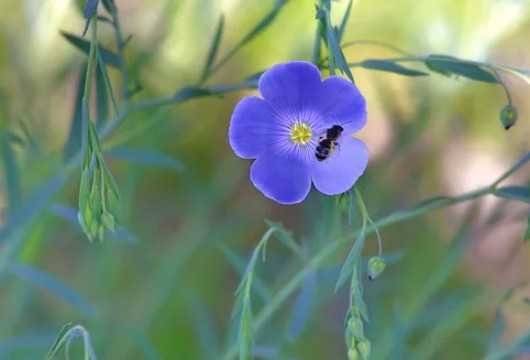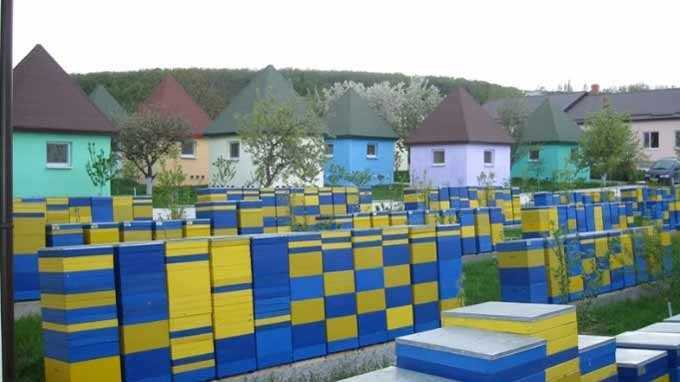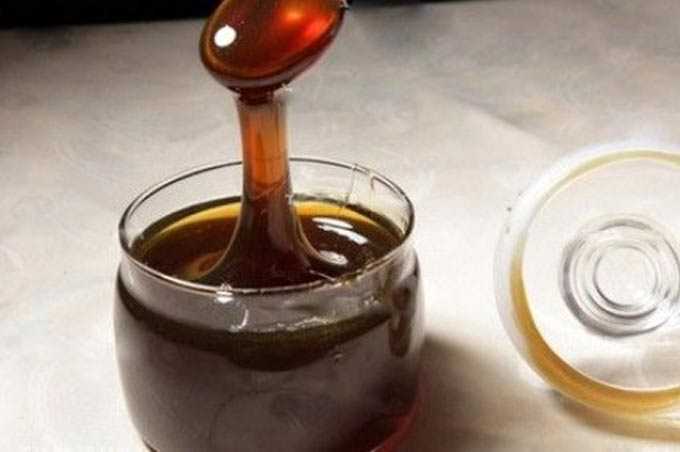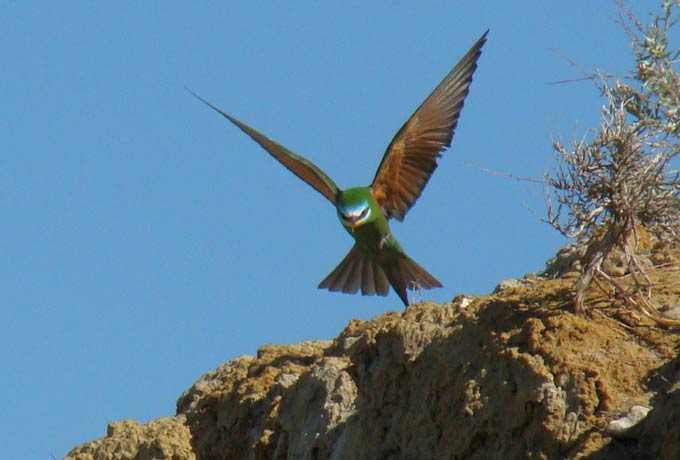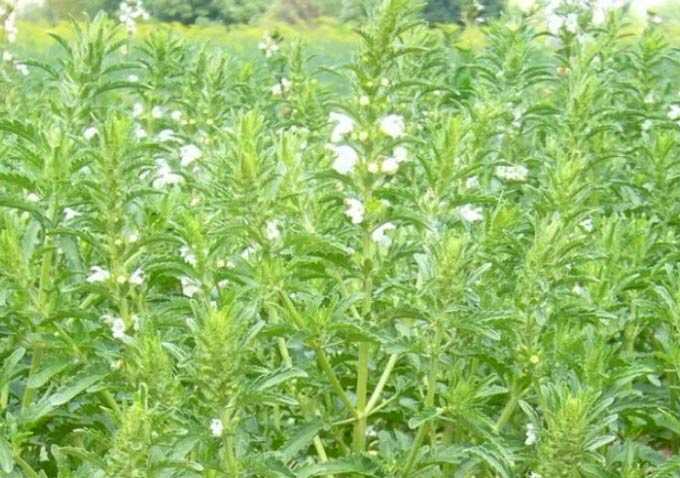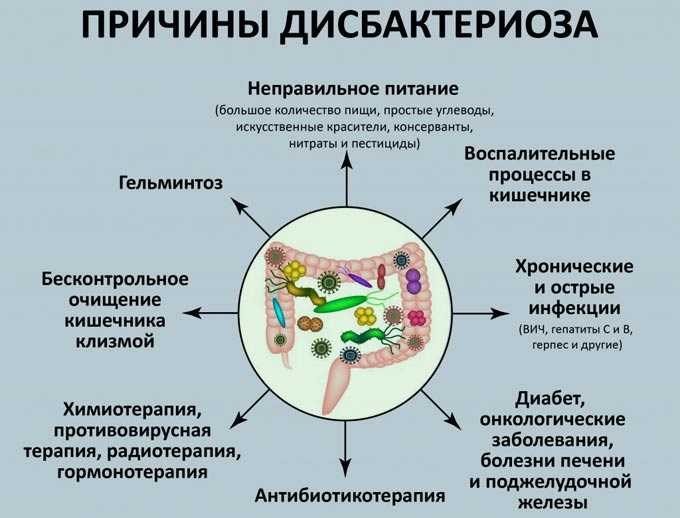Shepherd’s purse honey plant belongs to the cabbage family. This annual plant is ubiquitous in temperate and tropical climates. In Russia, it is not found only in the Arctic regions.
The content of the article
- 1 Significance for agriculture
- 2 Appearance
- 3 Honey productivity
- 4 Useful Properties
Significance for agriculture
In other countries, this herb is actively used in cooking. Its leaves are added to broths, when stewing meat, vegetables, fish. In the Caucasus, France, China, spicy salads, vinaigrette are prepared with it (hence the name Chinese watercress).
Shepherd’s purse seeds contain oil that is used for technical purposes. And its inflorescences serve as a source of supporting bribe for apiaries.
Appearance
Shepherd’s purse is a typical weed, perfectly adapted to existence in difficult areas – abandoned territories, garbage places, road embankments, in ditches.
It grows massively in the South Urals, Trans-Urals, Urals, in Bashkiria. Here, in the mountainous and forest areas, there are dense thickets of honey plants.
The herb has a fusiform rhizome, a thin erect stem 20 to 60 centimeters high. Usually the plant is glabrous, less often covered in the lower part with simple hairs. Branched stems are not as common as single ones.
The leaves near the roots are large, pinnate, collected in a rosette. On the stems and branches, all the leaves are lanceolate, with small ears at the base.
Small white flowers with four petals, grouped in umbellate inflorescences. The fruit resembles a flat heart-shaped pod. Hence the popular name – shepherd’s bag or handbag.
Honey productivity
The grass blooms from April to August, depending on the region. In the south, flowers bloom earlier than in temperate and northern latitudes.
Shepherd’s purse melliferous, providing a supporting bribe. However, according to the observations of beekeepers, there are no bees on this plant that massively collect nectar if other melliferous plants bloom near the apiary.
The honey productivity is not reliably known, since this honey variety is included in the meadow forbs (it is monofloral).
Useful Properties
The plant is well known in folk medicine. It is part of many medicinal preparations. Decoctions, tinctures and infusions are prepared from it.
The nectar collected from the shepherd’s purse gives meadow monofloral honey the ability to:
- strengthen the immune system;
- normalize digestive processes;
- fight inflammatory processes;
- destroy pathogenic microorganisms.
The product can be successfully used in home cosmetology and as a useful vitamin supplement to the daily diet. The daily dose for an adult is one to two tablespoons, provided that there is no allergy to bee products.
